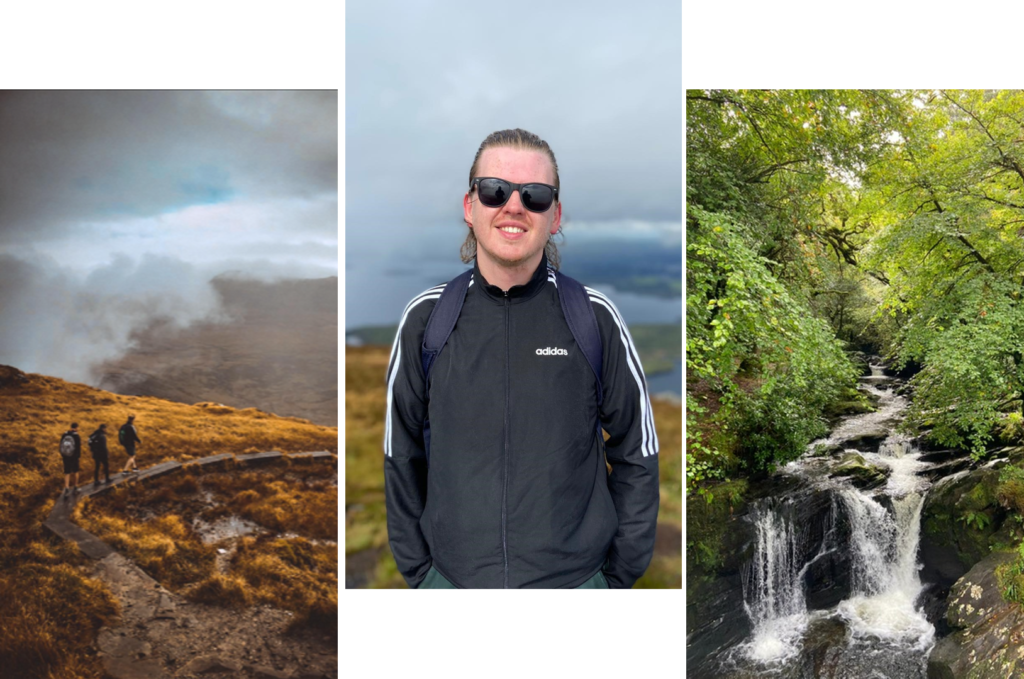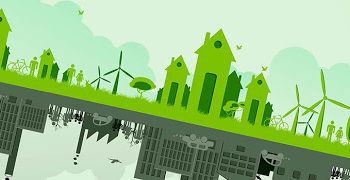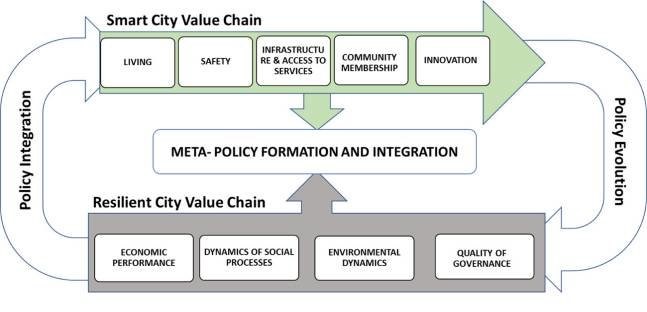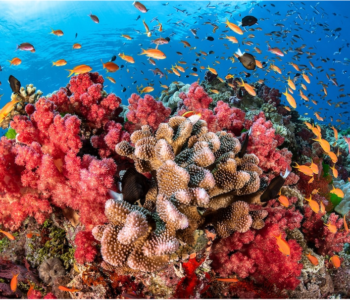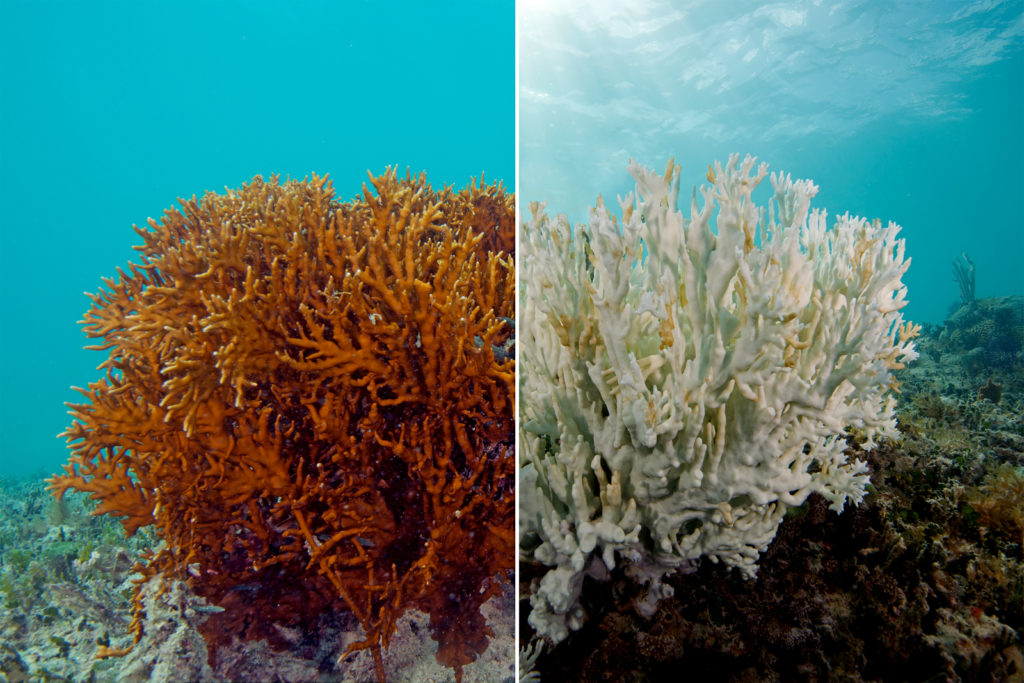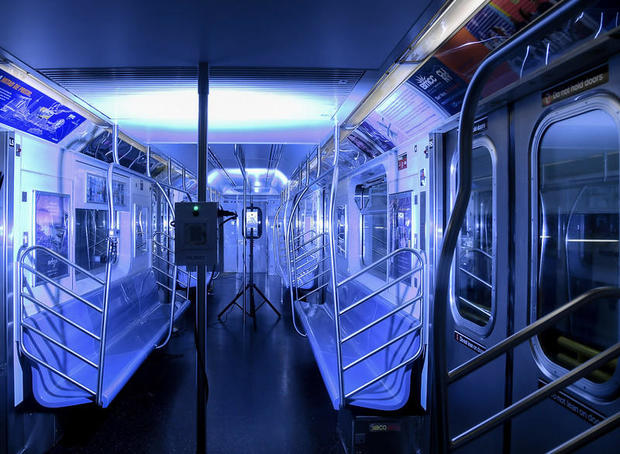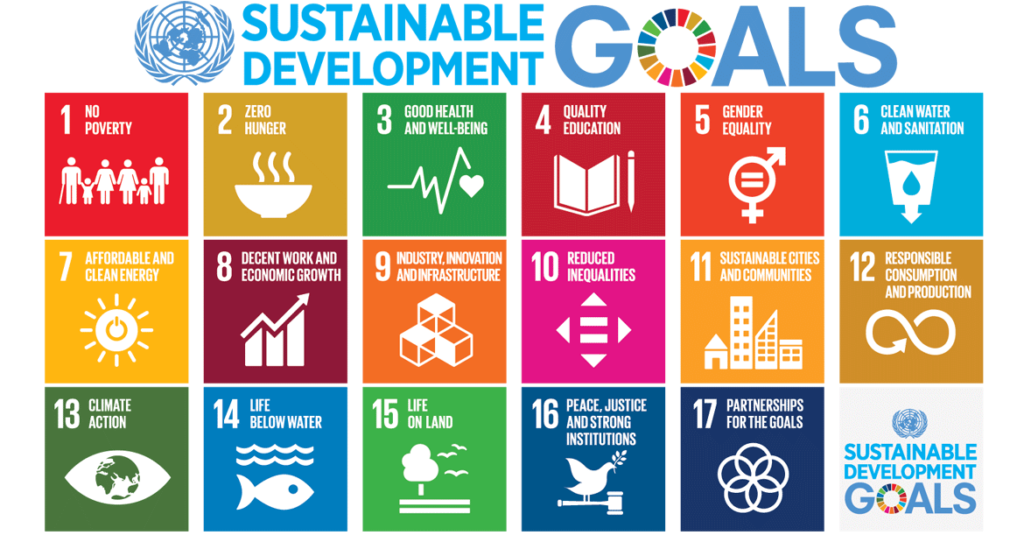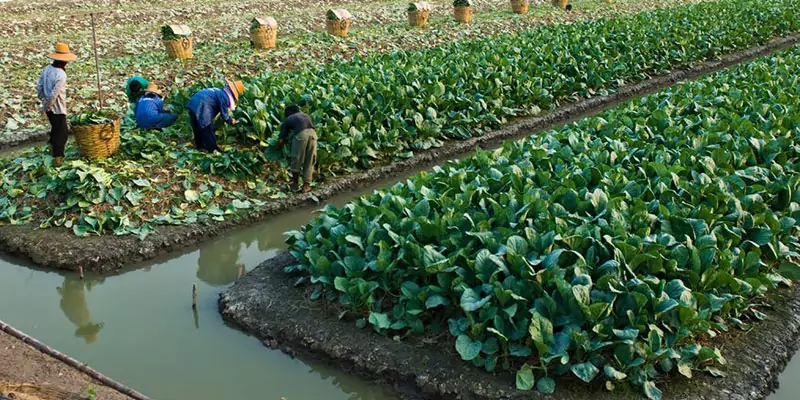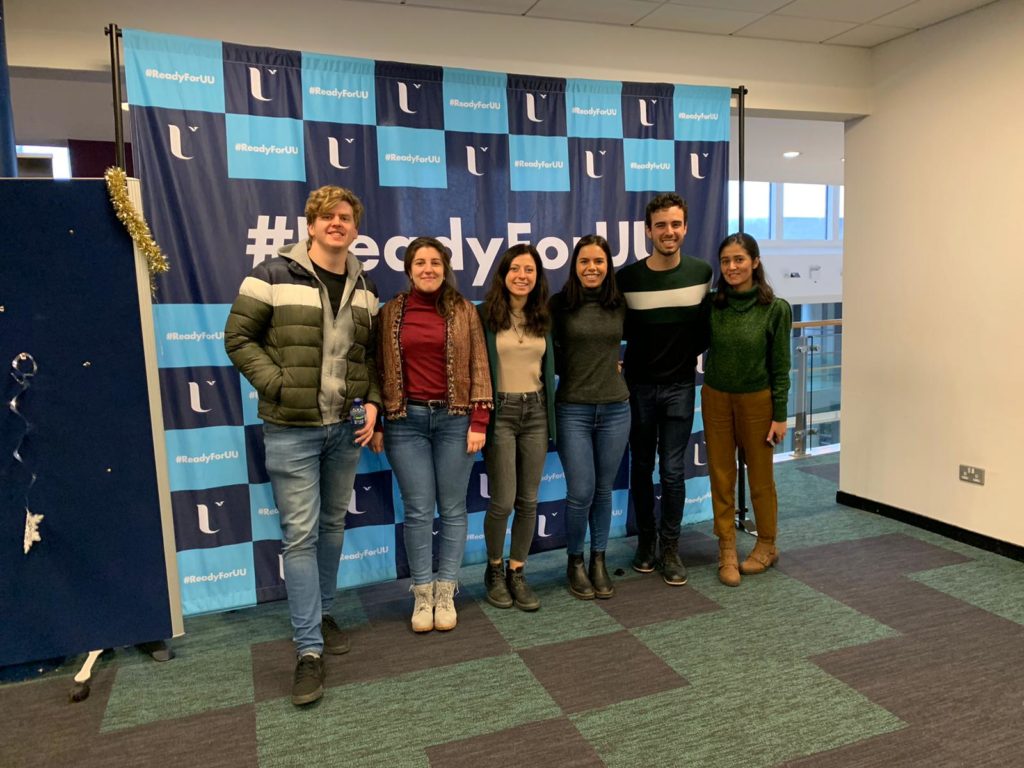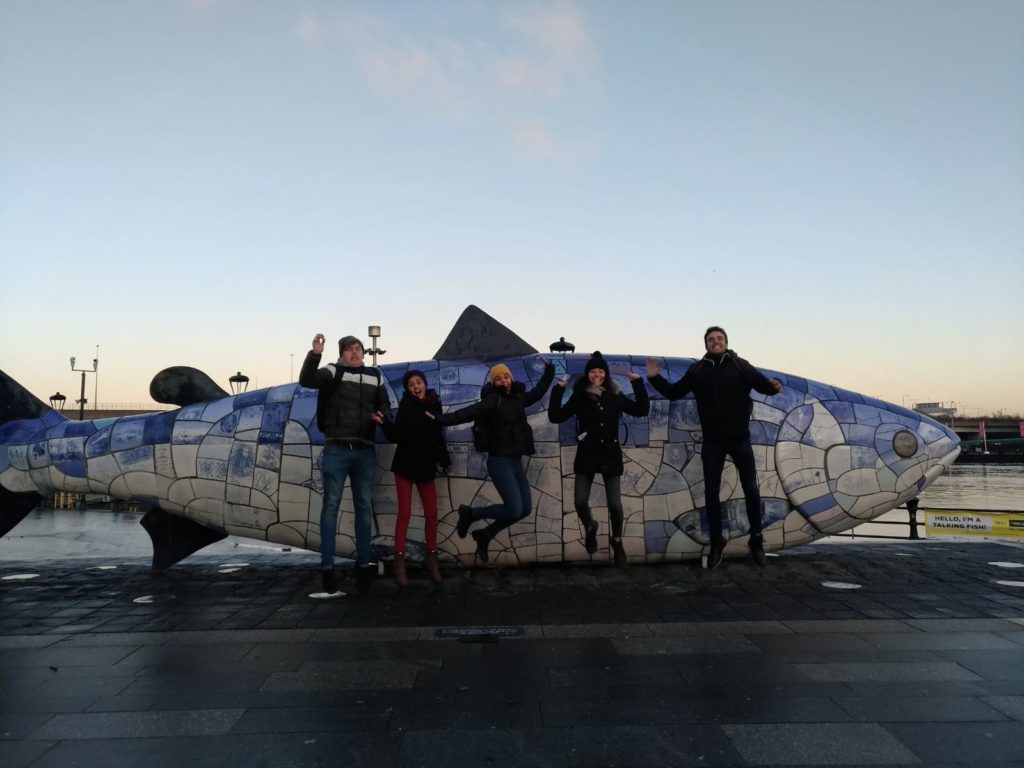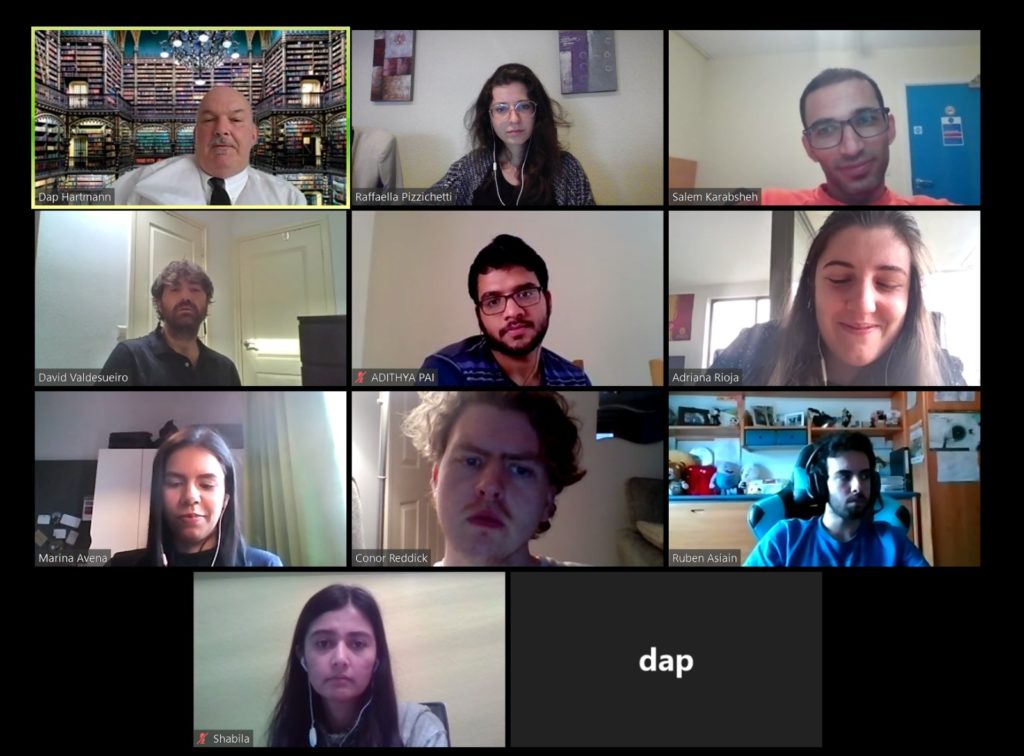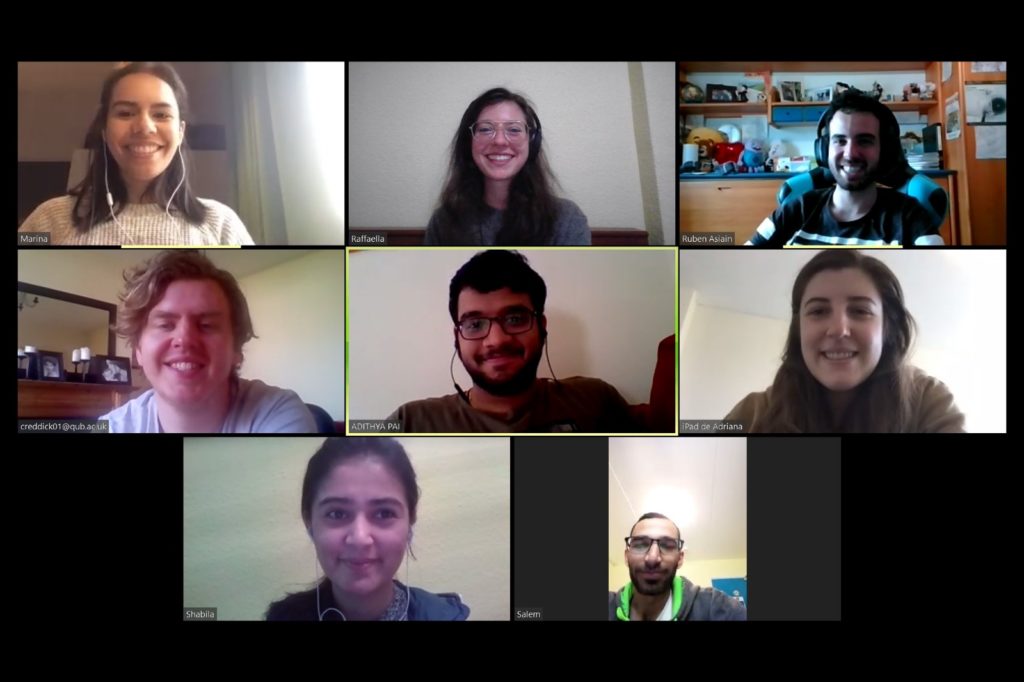 Blog
Blog
Mountain ecosystem restoration for disaster mitigation in Pakistan
E
xtreme events associated with the universe are older than human origin on earth and they have coexisted with old civilizations (Khan & Khan, 2008), while during the first half-decade of the twenty-first century, great human influences in incidents of disasters have been observed. Irrespective of location, hazards of multitude nature threaten mankind (Pinkowski, 2008). Climate change today is a serious issue all around the world and a biggest challenge posing threat to the people and economies. IPCC (Inter-governmental panel on climate change) assessment report shows that crop yield rates are declining in most parts of the world, due to the consequences of rising temperatures, while prevalence of climate induced diseases has been observed too. Fresh water availability is at risk, especially in large river basins and it is anticipated that, it may impact billions of people by 2050s (Ashraf, 2014).
Pakistan holds a complex and remarkable physiographical features that include the Northern high mountain ranges (Karakurum, Himalayas, Hindukush), the snow covered peaks, western bordering highlands in the north, the salt range and Potohar plateau, Indus plain and the Baluchistan plateau (Earthquake Review, 2011). Pakistan, despite contributing less to natural disaster driving phenomenon, such as greenhouse gases, has been among the top ten most affected countries worldwide. Events like the phenomenal floods (2010) that submerged one fifth of the country, displacing millions of people and changing monsoon pattern is just a single example of natural disasters in Pakistan. Climate change is expected particularly to affect the agriculture sector in Pakistan (Ashraf, 2014).

Figure: A problem tree indicating some of the causes and impacts of natural disasters in mountain areas.
The mountain regions of the world pose special challenges to sustainable development. They tend to be ecologically fragile; highly variable in terms of precipitation, temperature, and other factors; and prone to landslides and other natural disasters. Local communities are often dispersed, situated in remote locations, and economically and socially marginalized from national development processes (IUCN, 2003), but there are huge benefits associated with these regions. They are the protector of water catchments, and they have unique cultural as well as biodiversity assets. These areas are rich in natural resources. Managing the problems of hazards in these areas and enhancing capacities in the communities has become crucial.
Some 25 percent of the earth’s surface is mountainous, inhabited by 26 per cent of world’s population, and are source of fresh water for more than half of humankind. The crisis is due to cultural, ecological, social and economic changes at faster rates. Moreover, population growth, infrastructure development, deforestation, over-grazing, agricultural expansion, climate change and violent human conflicts all threaten this fragile environment. In 1992, the special needs of mountain regions were taken into account in the form of the Agenda 21, “Managing Fragile Ecosystems: Sustainable Mountain Development.” In 2002, the year was declared as the International Year of the Mountains. The year culminated in the Global Mountain Summit and adopted at the Bishkek Mountain Platform (IUCN, 2003). Reports by IUCN in the mountain areas of Pakistan situated in the Northern areas show that these areas are confronted by a wide array of problems and threats. Natural resources such as forests and biodiversity are being degraded; food security is diminishing; women’s workloads, poverty and vulnerability are on the rise; energy supplies are insufficient to meet demand; drinking water supplies are inadequate and frequently contaminated; and access to health and education services remains constrained by many factors. Although the report was drafted more than a decade back, the current situation indicates little improvement and needs further actions. This area remained unrepresented in national political forums.
This year, Pakistan hosting the World Environment Day 2021 is a great opportunity to recognize the importance of a healthy mountain ecosystem for sustainable development in Pakistan. The theme of World Environment Day 2021 is Ecosystem Restoration, and in the context of Pakistan, the mountain areas, housing diverse biodiversity and the fresh water sources require special attention. The slogan: “Recreate, Reimagine, Restore”, further calls for resource allocation and involvement of local communities in the environmental protection. Managing the human impacts on the mountain ecosystem also holds greater promises in mitigating the natural disasters. Because, the mountain areas of Pakistan are predicted to receive greater climate change impacts, one reason being the presence of high number of glaciers in the area. Furthermore, the local communities’ access to alternative economic sources will decrease the human dependence on natural resources and degradation of the environment.
References:
Khan, H., & Khan, A. (2008). Natural hazards and disaster management in Pakistan.
Pinkowski, J. (Ed.). (2008). Disaster management handbook. CRC Press.
Ashraf, A. (2014). The changing climate. Pakistan Today Magazine, 4, 286.
Government of Pakistan & IUCN. (2003). Northern Areas State of Environment and Development. IUCN Pakistan, Karachi, 301.
Earthquake Reconstruction and Rehabilitation Authority.(2011). Earthquake Review.


